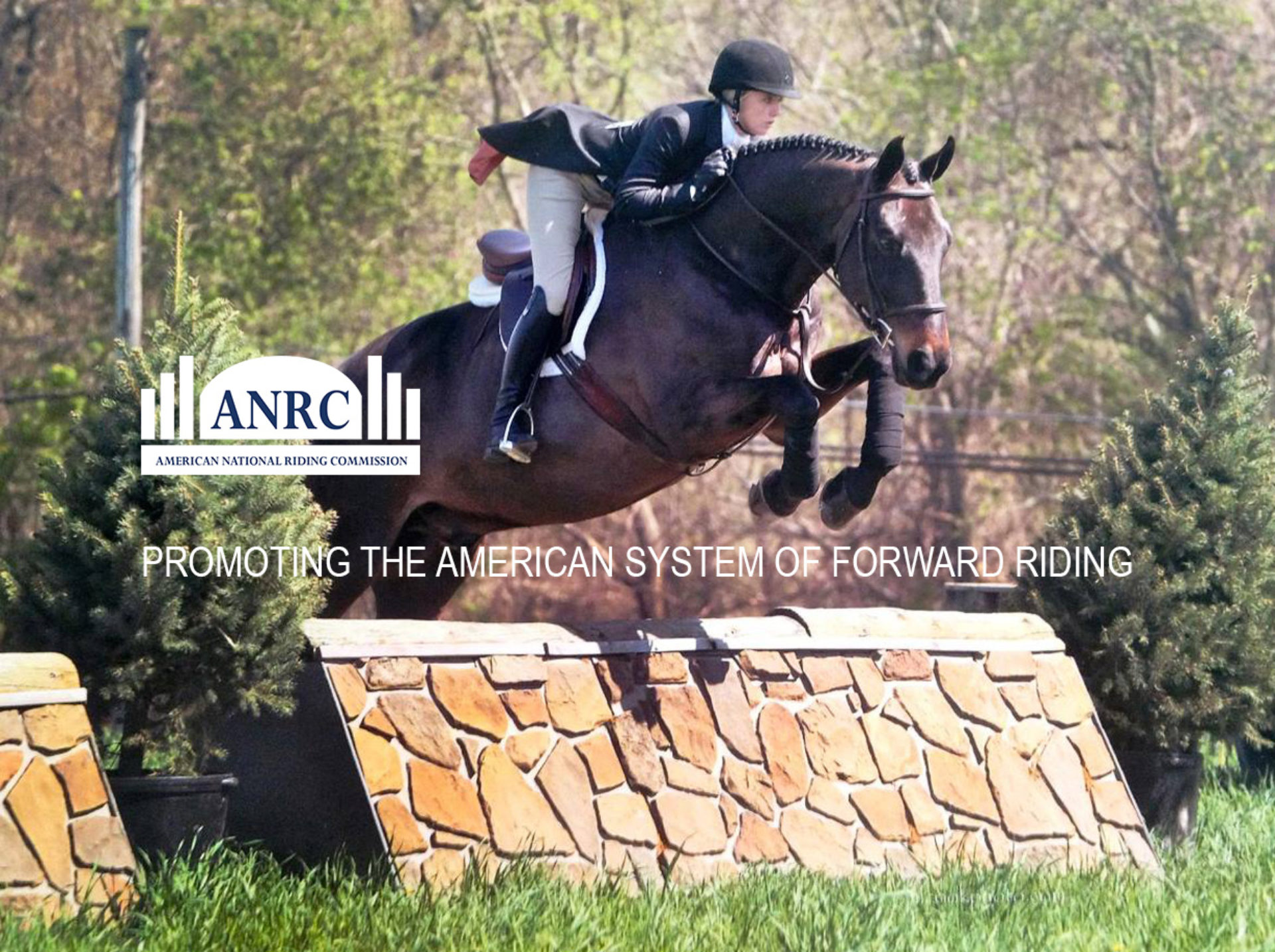by Shelby French
First Published in ANRC Riding Highlights, Spring 1998
In the past two decades the horse industry has become embraced by the “masses” like never before. As both a higher-profile sport and a popular form of recreation, equestrian activities require, perhaps more than ever before, an educational base for both horse and rider. At the same time, the horse industry has become more economically driven. Equine professionals have grown ever more sensitive to the need to compete for families’ discretionary funds with numerous other leisure activities. The increase in numbers of horse owners, as well as their desire to get the most out of their leisure spending, has moved our industry further from its elitist roots. The emphasis which the AHSA has placed on marketing in the last decade through its Marketing Summits and the publication of Discover Horses, a magazine aimed at attracting the non-horse owning public into our fold, shows the need to compete for the public’s leisure dollar. In light of the increasing number of competitive opportunities for riders at a variety of levels and the increasing proliferation of young “professionals and instructors,” I see an important opportunity for the ANRC: the chance to serve the needs of these constituencies through its programs and rating structure.
If you read The Chronicle of the Horse with any regularity you cannot help but notice the articles bemoaning the demise of the 4′ hunter divisions, the slow death of the 3’6″ rated hunter sections, and the amazing growth of divisions for the beginner and novice riders at A shows, as well as entire show circuits which cater to riders of this level. Why is this happening? Of course the cost of showing on the A circuit is one factor, but Americans want to be directly involved in “their sport,” rather than gaining their enjoyment vicariously through owning a horse that someone else competes for them. This drive to rise to the top is even affecting our country’s competitive success in international competition, as we see more and more of our top horses purchased for junior or young amateur riders who aspire to ride on the Olympic level. As riding becomes increasingly proletarian, there is a great need for a grass roots network of qualified teachers who can develop riders with a respect for and appreciation of their equine partner and with the skills to progress from the beginner and novice levels to higher levels of competition. The ANRC offers a program based on a system which can accomplish this goal for the rider, even as it helps them develop their horses to compete at a level suited to its mental and physical abilities.
The current crop of young riding professionals would be well advised to consider the ANRC’s system as the basis for building a multi-faceted business in the hunter-jumper industry. This system allows a teaching professional and trainer to give true value for their customer’s dollar and enables them to help their customers achieve their riding goals both in and out of the show arena. Col. Vladimir Littauer’s modern forward riding system, adopted by the ANRC, outlines an efficient method for developing young hunters to reach their athletic potential. Additionally the system develops the animal mentally in a way which makes the horse comfortable with its job and therefore suitable for an amateur rider. Amateur riders are the mainstay of our industry and we have all witnessed the equine stars ridden in the professional divisions who were unable to adapt to the less sophisticated and accurate ride of an amateur rider. The forward riding system allows horses to develop the coping skills necessary to help the amateur rider out when, for example, the distance to the fence is less than ideal or a riding mistake is made. It also develops an equine athlete who has been exposed to uneven terrain, natural obstacles, hacking out in a group, and jumping in company. Horses educated in such a way can adapt to a variety of jobs over the course of their careers.
Developing the horses is only part of the equation. Educating the riders and helping them develop respect and appreciation for their equine partners is a primary focus of this system. Educated riders are more likely to stay with the sport. And riders who recognize that their teacher/trainer is trying to empower them to be independent, thinking riders are more likely to remain satisfied and loyal customers. The developmental nature of the levels within this system provides a niche for riders of all ages and aspirations. I have personally built a successful private business as well as a nationally recognized college equestrian program utilizing Littauer’s system as outlined in the ANRC’s rating structure. I have seen recent graduates of the ANRC rating system establish large and economically successful equine enterprises in Maryland, Virginia, Georgia and the Carolinas in the past two decades. The ANRC programs combine competition and education in a balanced way which promotes the development of riders who enjoy and appreciate their equine partner and their sport– often for a lifetime. If you are interested in working in the hunter-jumper industry as a professional trainer or teacher, you should explore what the ANRC has to offer you, your horses, your clients, and your business. I have seen the system work its “magic” numerous times. A system always provides you with a foundation to fall back on when you need help to unravel the challenges presented by each new horse and each new student you encounter. The ANRC system is not only proven, it’s also accessible, adaptable, and based on the fundamentals of good forward riding.
